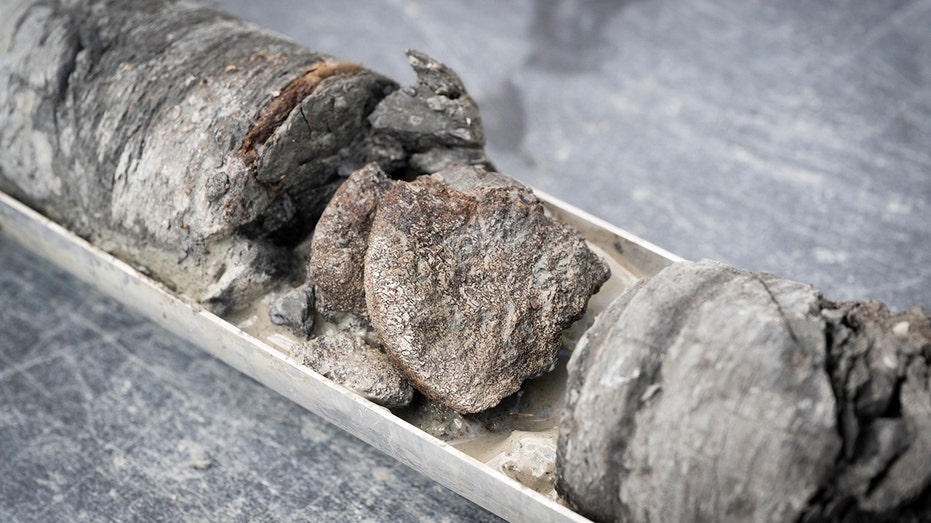506-Million-Year-Old Moth-Like Predator Mosura Fentoni Found in Canada

Sarah Johnson
May 19, 2025
Brief
Paleontologists uncover Mosura fentoni, a 506-million-year-old moth-like predator in Canada, revealing unique anatomy and evolutionary clues.
In a stunning find, paleontologists have unearthed a 506-million-year-old predator, dubbed Mosura fentoni, in Canada’s ancient wilderness. This moth-like creature, discovered in British Columbia’s Yoho National Park, swam the prehistoric seas with a flair that would make modern moths jealous.
Picture a critter the size of your index finger, sporting three eyes, spiny claws, and a toothy circular mouth. Its body, adorned with swimming flaps, hints at its prowess as a radiodont, a group that includes the fearsome meter-long Anomalocaris canadensis. What sets Mosura apart is its unique abdomen-like rear, packed with 16 gill-lined segments—a feature unseen in its radiodont cousins.
Collected mostly between 1975 and 2022 at Raymond Quarry, these fossils reveal jaw-dropping details, from Mosura’s nervous system to its blood-pumping heart, which filled body cavities called lacunae instead of using arteries. Joe Moysiuk, a curator at the Manitoba Museum, likened its segmented design to modern horseshoe crabs and insects, calling it a striking case of evolutionary convergence.
Nicknamed the 'sea-moth' for its fluttery vibe, Mosura’s scientific name nods to the iconic kaiju Mothra. Jean-Bernard Caron, a curator at the Royal Ontario Museum, marveled at the fossils’ preservation, noting traces of nerve bundles in its eyes that mirror those in living arthropods. This discovery not only rewrites the story of ancient predators but also reminds us how life’s quirks echo across eons.
Topics
Editor's Comments
Mosura fentoni sounds like it swam straight out of a sci-fi flick! Three eyes, toothy maw, and a body that screams ‘I’m the Mothra of the Cambrian.’ Bet it scared the gills off its neighbors—talk about a prehistoric pest you wouldn’t swat!
Like this article? Share it with your friends!
If you find this article interesting, feel free to share it with your friends!
Thank you for your support! Sharing is the greatest encouragement for us.



